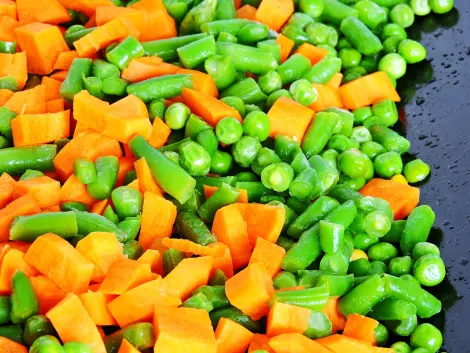This study related to Carbon Footprint Center (CFC),Heliopolis University for Sustainable Development Sustainable Agriculture has been identified as a main element of the Green Egyptian Economy (UNEP, 2012).
Egypt is at a crossroad of starting a new era, the main challenges according to the Global Competitiveness Report
2015 (WEF, 2015) are “Green Economy”, “Human Development” and “Innovation”. However, the amount of land devoted to certified organic farming accounts for merely 1 percent of the total farming, but has shown significant growth in recent years.
This study concludes that at least for the five examined strategic crops (Rice, Maize, Potatoes, and Wheat &Cotton) it would be economically more expensive to produce crops based on a conventional farming system, which represents business as usual. For Egypt as an economy true costs are relevant, reflecting the shortage of natural resources such as land, water and fertile soil.
For the long-term strategic vision, organic agriculture methods are better equipped to deliver sustainable and cost-efficient food production systems. In organic farming systems, an increase in yield per year with an input reduction due to soil quality improvements will gradually reduce the cost per tone of production.
However, in conventional farming system the input needs to be increased over time to maintain the same output. This will cause higher cost per ton of production. In general, organic farmers enjoy better prices for their products and a guaranteed market. In addition to that, organic production methods are better for farmer’s health due to the Avoidance of chemical usage and in general create more employment opportunities (FAO, 2015).
Currently, the Egyptian government has the strategic ambition of reclaiming 1.5 Million feddan in the desert, presenting an opportunity for sustainable agriculture towards the Egyptian Green Economy. For the future of agriculture in Egypt it will be essential to internalize the external damage costs into cost calculations of every farmer, i.e. let polluters pay. This does not necessarily ask for a radical choice between using conventional or organic farming but rather supports a transition towards more sustainable practices. There are several strategies for the internalization of external costs, such as introducing an environmental tax (e.g. pigouvian tax) which is intended to correct an inefficient market outcome. It should be one of the next steps to analyze which internalization methodology will be the best strategy for the Egyptian society to prevent further environmental damage through agriculture, and enable a sustainable and efficient food production in Egypt. Currently, through high energy subsidies and no generic water prices, the unsustainable practices are supported and the market is distorted because there is no fair distribution of the true costs occurring in agricultural production. In the end the costs are carried by the environment and future generations that are both the basis for Egypt’s economy.
The specialists recommend to conduct further comparative studies for other crops in Egypt including more detailed and direct measurements related to key cost drivers, especially water and carbon footprints. This will give a better perspective about the agricultural challenge in Egypt and the potential benefits from organic agriculture production systems. Still, there are some cost factors from the FAO study coming from other country experiences, which needs to be overcome and adapted to get more accurate results for the Egyptian agriculture context.













